The 4 most popular music teaching methods today.
Starting your child on an instrument is a great way to encourage their curiosity and help them explore their new world through sound and touch. Most of us learned music education in school to some degree, using varying different teaching styles. This continues today as teachers seek the best music teaching methods for introducing children to the beauty of playing an instrument.
We recently posted a blog on The Suzuki Method, a popular way to get your child started learning an instrument. However, it isn’t the only music teaching method if you’re looking for a more structured format.
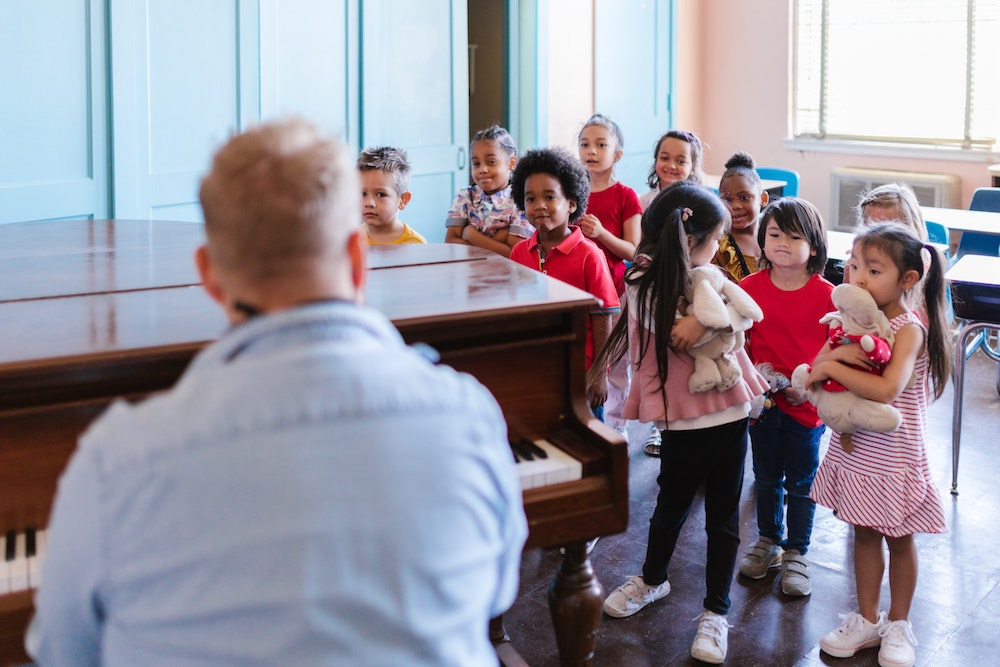
A Quick Overview
It’s best to start children learning anything when they are younger, as their minds are more elastic to absorb new knowledge effectively. Therefore, it makes sense to immerse children in music soon after they’re born and move on to instruments when they can physically interact with them.
While there are many individual music teaching methods, the following 4 are the most popular today. Each of these has specific objectives and styles that emphasize different aspects of the arts. For example, one approach may focus on learning an instrument while another may incorporate poetry and acting.
Let’s get into it so you can determine which method is right for your child.
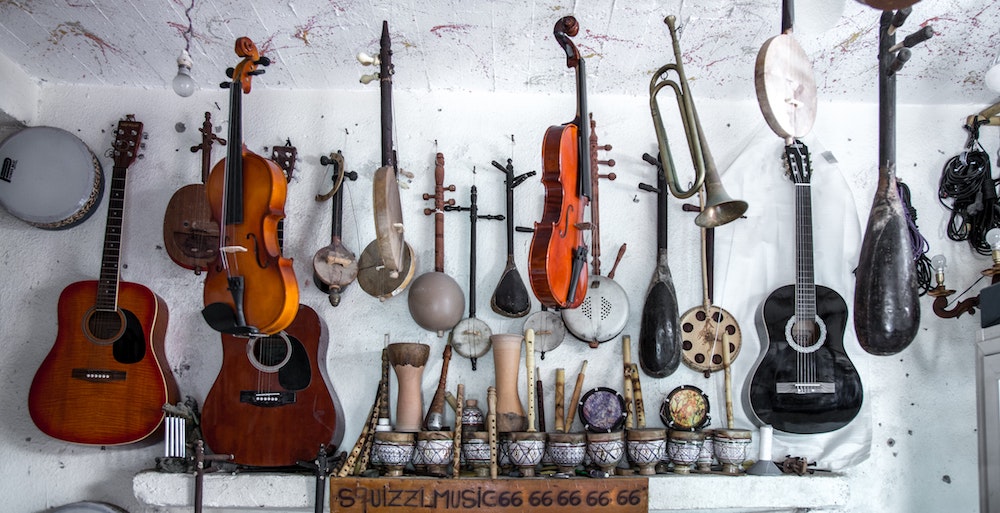
The Orff Approach
German composer Carl Orff created the Orff-Schulwerk Method between 1920-1930. It teaches music concepts through singing, acting, dancing, and playing rhythmic instruments like xylophones, glockenspiels, and hand drums.
Orff wanted to emphasize the rhythmic aspect of music and felt that adding movement in the form of dance was the perfect way to keep children involved and learning.
As a result, his method isn’t solely focused on teaching the art of music but uses stories, poetry, drama, and movement to teach the arts through play.
The musical aspect has three parts: focusing on the voice through singing and listening to poetry. Next is body percussion, where children learn rhythm through snaps, claps, and stomps. Finally, the students play percussion instruments to help them practice the rhythmic aspect and allow them creativity.
Because each lesson focuses on learning through play, each child learns at the pace of their understanding. For familiarity, the music they hear is often traditional folk music of their region.
As they learn their instruments better, the creation of their compositions is encouraged and shared with the other students. However, there is no set curriculum structure to follow, and the teachers create daily lesson plans based on the class size and the number of children.
Some of the instruments they may use are:
- Congas
- Bongos
- Castanets
- Bells
- Maracas
- Triangles
- Cymbals
- Tambourines
- Timpani
- Gongs
- Steel Drums
- Vibraslap
- Wood Blocks
- Claves
- Cowbells
- Djembes
- Rainmakers
An example of a typical learning session would be the teacher reading a story to the children. Once they become familiar with the story, the teacher will assign some children to play an instrument when they hear a particular word or phrase or come to a specific section of the story. Then, they will reread the story, and the children will act upon these sections with their instruments.
The teacher may even play their instrument to encourage participation. The instructor assigns a new set of children an instrument, and the storytelling process will begin again. Some children may even be asked to act out certain scenes of the story as they now are familiar with it.
The Orff Approach is a wonderful teaching method that allows the children to develop interests in other arts along with the music. It may lead to future budding writers, actors, and even musicians!
The Kodaly Method
Hungarian composer Zoltan Kodaly created the Kodaly Method, which was further developed later by his colleagues. His initial goal was to improve music literacy in schools. He emphasized lullabies, nursery rhymes, and story songs. Finally, Kodaly preaches music education is the most effective when started early in a child’s life. The main philosophy is that every person can develop music literacy through folk music and music of high artistic value.
It’s basic sequence of learning is: Listen -> Sing -> Understand -> Read/Write -> Create.
The goals of the Kodaly Method are to develop music appreciation, musical skills, and concepts through listening to and learning folk songs, pictures, rhythmic symbols and syllables, singing Solfege Movable Do, and Curwen hand signs. These hand signs share a connection with Solfege and represent the different pitches on a tonal scale (Do Re Me Fa So La Ti), allowing the child to help connect the inner hearing and the reading of pitches with their musical performance. It gives the child a movement to connect the visual with the verbal and aural notes.
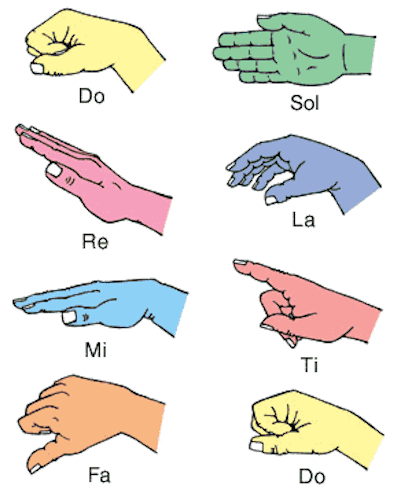
Using these hand signs, the students focus on learning pitch, sight-reading, and mastering basic rhythms. It also teaches meter, tempo, and beat through rhythmic syllabic phrases. Much like the Suzuki Method, each Kodaly lesson builds upon the last but uses the voice as the main musical vehicle rather than instruments.
In addition to listening to music, the Kodaly Method also incorporates playing games, reading, dancing, writing music with singing, and playing simple instruments like xylophones and recorders. Hopefully, this will lead to the child eventually composing their own simple music.
Kodaly is a very comprehensive method of musical education. It’s seen more often in preschools and kindergartens as it is an excellent way of involving the entire class through song and individual instruments.
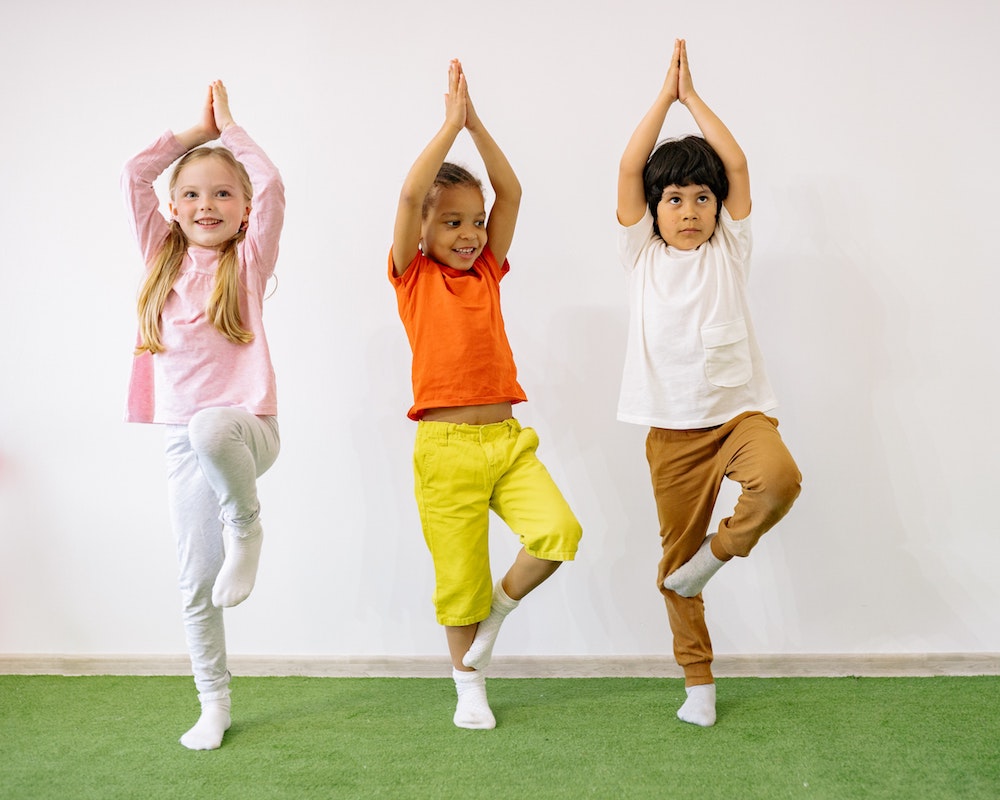
The Dalcroze Method
This method was developed in the early 20th century by Emile Jaques-Dalcroze, a Swiss teacher. His goal was to teach structure, rhythm, and musical expression through music and movement. In this method, the human body is the main instrument, and the senses help learn (sound, sight, and the tactile sense of movement).
There are three learning aspects to the Dalcroze Method: Eurythmics (the movement aspect), the use of Solfege, and improvisation through movement, voice, and instruments. The developers use the Solfege techniques, but dancing is typically involved.
Improvisation helps develop the child’s spontaneous physical reactions to the music. Furthermore, basic music theory is taught with note values and rhythms expressed through body motions like stepping and clapping.
The key focuses of the Dalcroze Method are:
- Imagination and creative expression
- Coordination
- Rhythm
- Flexibility
- Concentration
- Hearing
- Music appreciation
- The understanding of musical concepts
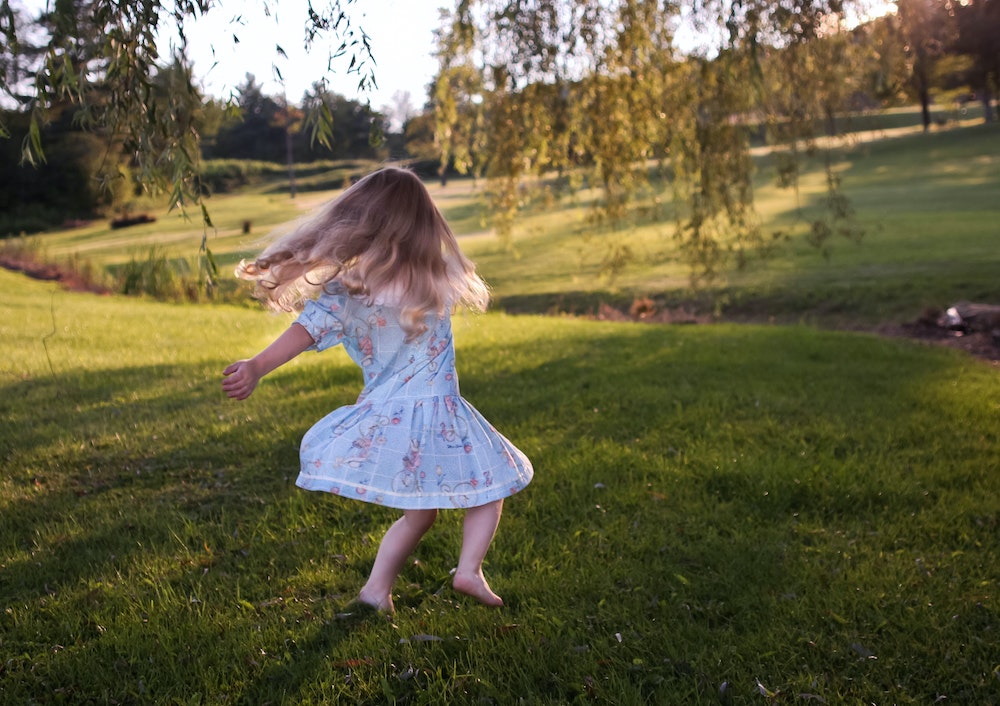
Unlike the Suzuki Method, there is no set curriculum, allowing teachers to create their own teaching approaches. Many colleges now offer certificates and licenses in the Dalcroze Method, such as The University of Maryland, Columbia College, and Carnegie Mellon.
While it’s probably the method that focuses on musical instruments the least, it’s very powerful in teaching rhythm, movement, personal expression, and improvisation. It would be the perfect method for children who love to move around a lot!
The Suzuki Method
If you want your child to focus on learning an instrument, this is the method you should use. It was created in the early 20th century by Shinichi Suzuki, who believed being exposed to and taught to appreciate beautiful music would help nurture beautiful hearts and character. Therefore, the child becomes a better person as they are learning their instrument.
Shinichi believed that all children could learn music the same way they learn their native language; through immersion and repetition. It led it to be alternately called The Mother Tongue Approach.
The method also incorporates a concept called The Suzuki Triangle, where the teacher and parent provide the foundation for the child to learn.
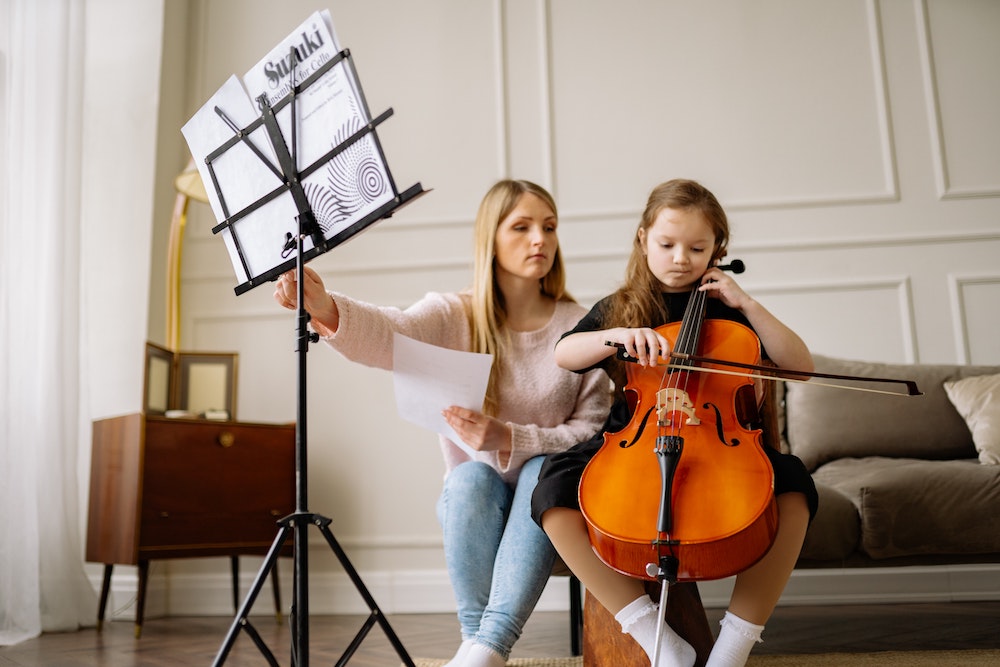
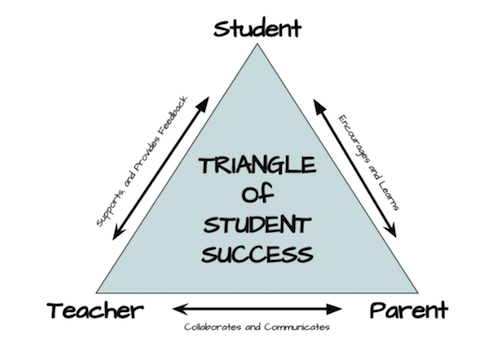
During the week, the child will go to an individual lesson with the teacher and learn specific songs through listening, memorization of a specific song, and repetition of performing this song to improve. The parent will be present during the lesson and encouraged to learn the instrument with the child (although this is not required).
During the rest of the week, the child continues their weekly lesson at home with the parent supervising and giving continual encouragement, creating a positive environment. It is an essential aspect of The Suzuki Method— parental involvement with motivation!
The great thing about this method is the potential to learn a wide variety of instruments:
- Piano
- Violin
- Guitar
- Accordion
- Bass
- Trumpet
- Trombone
- Tuba
- Euphonium
- French Horn
- Cello
- Flute
- Harp
- Organ
- Piano
- Recorder
- Violin
- Viola
- Voice
Each instrument has a selection of books to master, although the books only help guide the student while they continue to memorize the selections through repetition. And, of course, the choice of songs gets more advanced as they progress through the curriculum.
The Suzuki Method is a great way of getting your child focused on learning an instrument and has been proven to produce some very advanced musicians. Taught in over 38 countries with over 400,000 students worldwide, so if you want to get into it, search your area for Suzuki-trained teachers.
Keep It Fun!
Regardless of which music teaching method your child learns from, they all encourage active participation by the students to help inspire curiosity, creativity, and individuality while getting them comfortable with musical concepts and instruments. And they will have so much fun singing and interacting with the group!
Learning music and specifically an instrument has been shown to have various positive benefits, so make sure to get your child started as early as possible. You can even find out from their school music teachers which method they use and how you can continue to foster this growth at home.
Sources:
Estrella, E. (2018, February 27). Learn Some Popular Methods for Teaching Music To Children
Retrieved May 28, 2022, from https://www.liveabout.com/major-methods-of-teaching-music-to-kids-2456776
Close, E. (2012, Jan 1). Music Teaching Methods
Retrieved May 28, 2022, from http://www.chordblossom.com/writing/music-teaching-methods
Cantan, N. (2021, March). All About Using Curwen Hand Signs
Retrieved May 28, 2022 from https://colourfulkeys.ie/curwen-hand-signs/

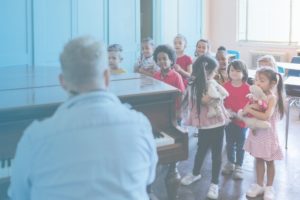
Wow! Brilliant write up. This information is top notch and very educative for human consumption.
I would like to get more information about the first ( Orff) and the last
( Suzuki)approach in this lesson.
Thank you.
Best regards
Godwin E.
Music instruction.
Thank you for sharing this article! This is the first time I have heard of these teaching methods for music, and I am sure teachers would also love to try these.